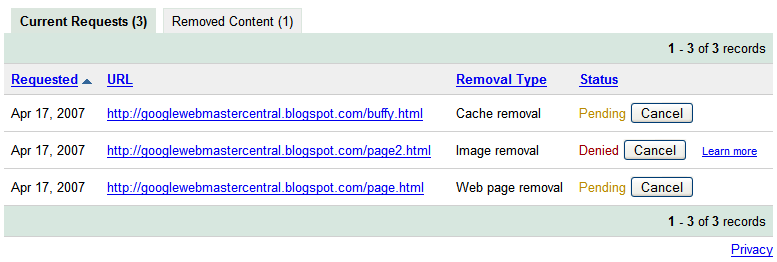

- CREATE RECOVER DRIVE FOR MAC OSX INSTALL
- CREATE RECOVER DRIVE FOR MAC OSX SOFTWARE
- CREATE RECOVER DRIVE FOR MAC OSX FREE
Oddly, even though you’ve just chosen the installer, you’re asked to choose the OS version you’re going to install on the recovery partition.

In other words, if your Mac is running Mavericks, you want to choose the Mavericks installer. Because Recovery Partition Creator will use the chosen installer to populate the new partition with the necessary OS X Recovery software, you’ll want to choose the installer for the version of OS X you’re running on your Mac.

You’ll then be asked to locate your OS X installer. You can skip this step, but I recommend letting it continue-you don’t want a utility mucking with your drive’s partition map if the drive or its directory is having problems. Recovery Partition Creator will next check your drive for errors. Next you’ll be prompted to choose the connected volume on which you want to create the recovery partition-presumably, this would be your startup drive, but you can also use Recovery Partition Creator to create the partition on a different drive. Assuming it’s some version of 10.7, 10.8, or 10.9, you’ll see the message “continuing” click OK. You’ll then see a dialog box indicating the version of OS X installed on your Mac. Launch Recovery Partition Creator, read the disclaimer (which also reminds you to back up your drive-you did, right?), and click OK. Yet another reminder to back up your drive before proceeding. I didn’t experience any data issues when testing Recovery Partition Creator, but whenever you use a utility that works with your drive at such a low level, you want to be safe. Before using the utility, you must back up your drive (and test your backup). Warning: Recovery Partition Creator alters your drive’s partition map, which isn’t a trivial action. You just need to have a copy of your OS X installer-Mavericks, Mountain Lion, or Lion-on a connected drive.
CREATE RECOVER DRIVE FOR MAC OSX SOFTWARE
This app can create the partition and even install the necessary OS X Recovery software on it.
CREATE RECOVER DRIVE FOR MAC OSX FREE
If you don’t have a Recovery HD partition, Apple’s official procedure for adding one is to back up your drive, erase it to make sure it’s properly formatted, reinstall OS X-which should create the hidden partition-and then restore your data.īut an easier approach is to use the free Recovery Partition Creator (more info here). If you don’t see a Recovery HD partition on your Mac’s startup drive, you can’t use OS X Recovery. Locate your Mac’s startup drive in the resulting list of volumes if you have a Recovery HD partition, it will show up as “Recovery HD” (preceded by “Apple_Boot”) just below the name of the startup drive. You can find out if your Mac has the Recovery HD partition-and, thus, OS X Recovery capabilities-by launching the Terminal app (in /Applications/Utilities), and then typing diskutil list and pressing Return. The Lion, Mountain Lion, and Mavericks installers should automatically create the invisible Recovery HD partition the first time you install one of these operating systems. The OS X installer creates an invisible, bootable, 650MB partition-a portion of a drive that the operating system treats as a separate volume-on your startup drive called Recovery HD that includes a few essential utilities for fixing problems, restoring files, browsing the Web, and even reinstalling OS X. One of the best features introduced in Lion (OS X 10.7), and available on every version of OS X since, is OS X Recovery.


 0 kommentar(er)
0 kommentar(er)
